- Home
- slideshows
- miscellaneous
- From robotic shop assistants to AR, these 10 pieces of tech could change shopping forever
From robotic shop assistants to AR, these 10 pieces of tech could change shopping forever
Augmented reality

Big data

By gathering information from shopping websites and social media and using AI and deep learning to analyze it, retailers can now know their customers better than ever. Retailers like Amazon and Target have become able to make surprisingly accurate guesses about what their shoppers might like and need. For example, Target once knew a customer was pregnant before her dad did.
Warehouse automation
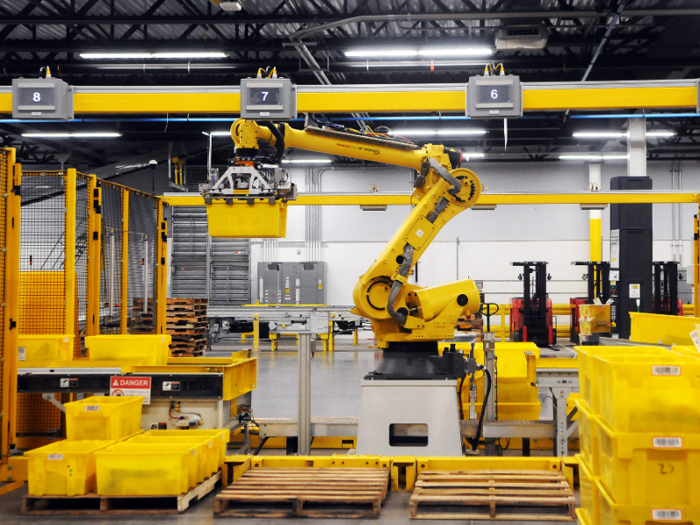
Amazon spent $775 million on acquiring Kiva Systems in 2012, rebranding it as Amazon Robotics and deploying scores of robots in the e-commerce giant's fulfillment centers. More retailers are now trying out warehouse automation — for example, Walmart has Alphabot fulfilling its online grocery orders, and Gap uses Kindred robots to pack and ship jeans. Autonomous warehouses have significantly reduced order processing times, and Amazon's one-day delivery is a proof.
Robotic shop assistants
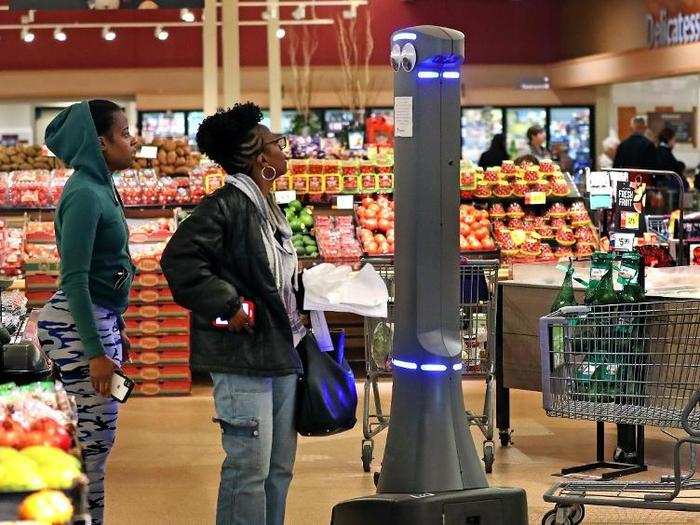
Not only do warehouses need robots — stores need them, too. Robots like Giant Food's store monitor Marty, Walmart's shelf-stocking smart assistants, and Lowe's item-tracking LoweBots help increase efficiency in stores and free up human workers to work more closely with shoppers.
Voice assistants
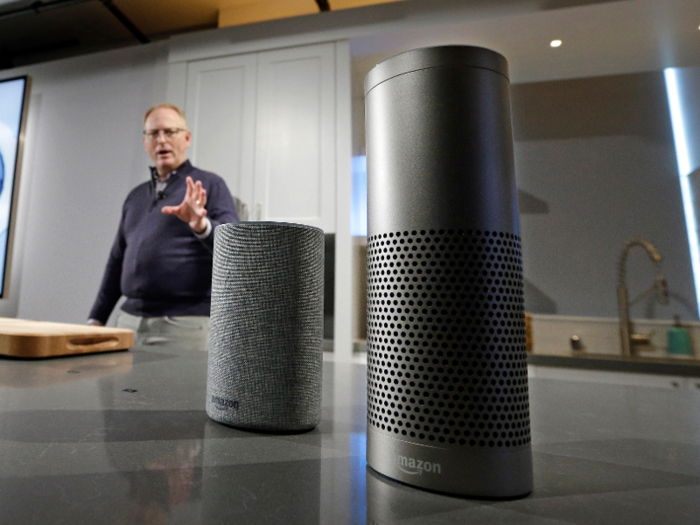
Voice assistants are another type of robot that are helping to make shopping faster and easier. Amazon has been boasting about an increase in Alexa usage for shopping, and a 2019 commerce survey by Amazon Pay revealed that 20% of US customers are likely to make purchases using voice in the next three years. With voice assistants, shoppers can buy things without even using their hands, and speaking is much faster than typing.
Scan-and-go technology
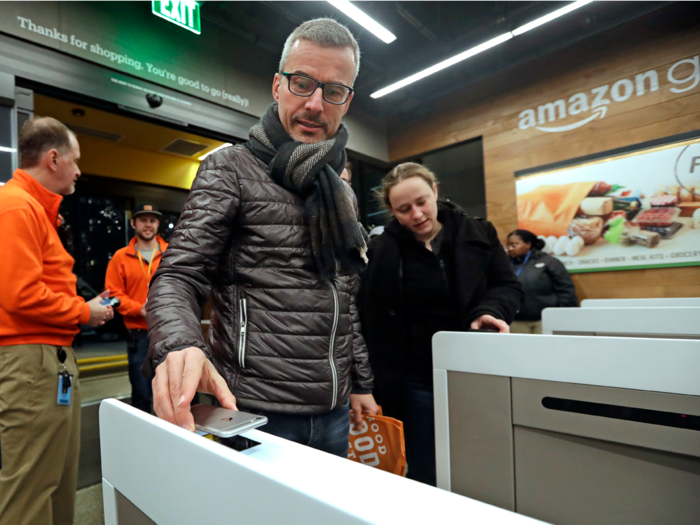
Technology has made checkout quicker than ever. Waiting in line for a cashier is becoming a thing of the past, as shoppers can scan and pay for items themselves at retailers like Sam's Club and Kroger, or even just walk straight out of Amazon Go, where the system will track your purchases and charge you automatically. Startups have also been designing smart shopping carts that can identify the items inside and process payments, further revolutionizing the traditional checkout process.
Digital identity

The UK-based "internet of things" startup EVRYTHNG has collaborated with brands like Ralph Lauren, Puma, and Rebecca Minkoff to put unique digital QR codes onto individual items. Besides helping retailers keep track of their products in the supply chain, the technology also brings digital, interactive experiences into stores, letting customers browse information about the product on their phones after scanning the code and making it easier for shoppers to ensure authenticity. New-York based EON also creates and manages digital identities for retailers. The company lists H&M and Target as members on its website.
Buy-online-pick-up-in-store
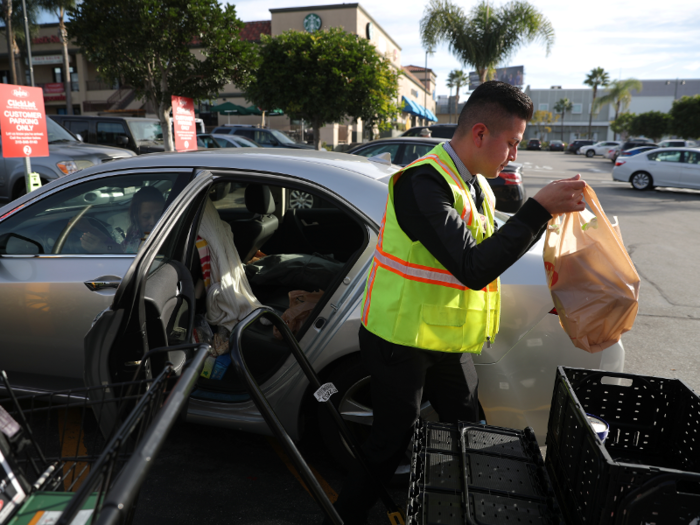
According to data cited by Business Insider Intelligence, 68% of US consumers have used buy-online-pickup-in-store services, also known as BOPIS. A host of retailers have been providing — and constantly improving — the service. For example, Target and Walmart have expanded their curbside pickup services, and Stein Mart introduced "smart buttons" for BOPIS customers.
Facial recognition

Besides helping to make virtual try-on possible, facial recognition has also been used to create more personalized shopping experiences. Fast-food chains like CaliBurger and loyalty businesses like Antavo have made kiosks that can pull out previous orders made by the customer and offer personalized recommendations and exclusive discounts. Robots like Pepper, which has been rolled out at a number of retail locations, are also using information gathered by facial recognition to better interact with shoppers.
Contactless payment
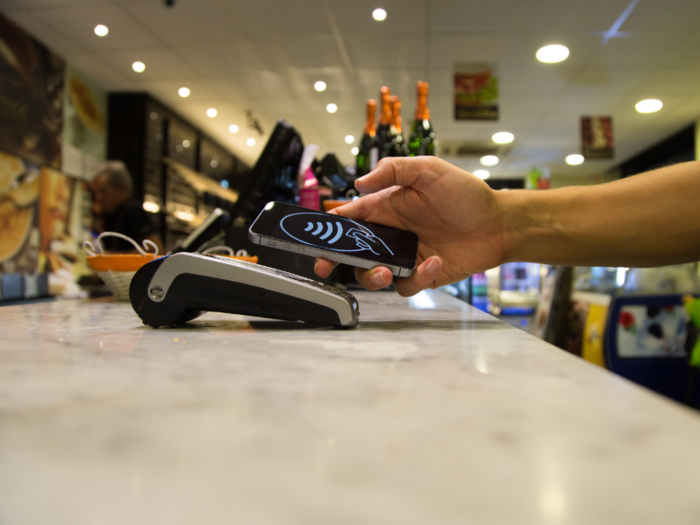
With options like Apple Pay, Andriod Pay, Chase Pay, and Walmart, contactless payments are on the rise. According to Business Insider Intelligence, the technology enjoys wide popularity among Gen Z, which could spur further adoption in the future.
- Read more in our Revolutionizing Retail series:
- The retail apocalypse has forced stores to abandon the mall and transform into a destination where shoppers can take a 'vacation from reality'
- These 17 companies are revolutionizing the retail industry
- Retail is evolving faster than ever before to keep up with the changing desires of consumers in the digital age
- This startup wants to help retailers like Toys R Us, Macy's, and Lowe's revamp their store experience — and it's raised $88.5 million to do it
Popular Right Now
Popular Keywords
Advertisement